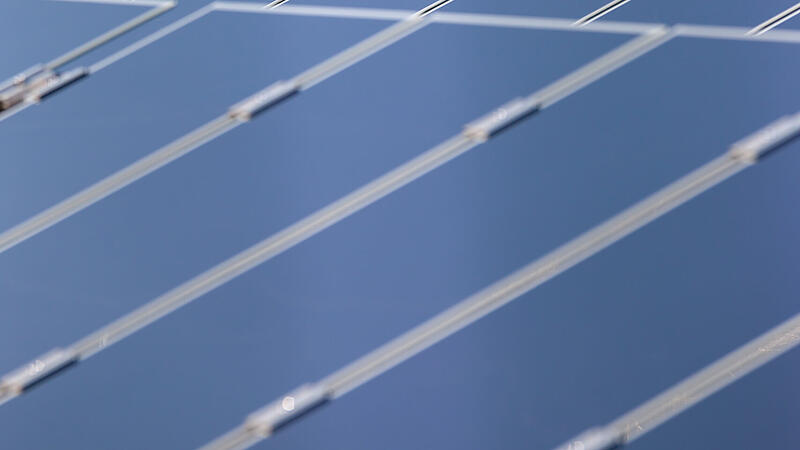Image: Vladimir Wetzel
The photovoltaic boom has led to a multiplication of so-called “balcony power plants” this year. The Vienna networks alone have recorded around 2,600 registrations so far this year, after 931 in the previous year. Balcony power plants are small PV systems with one or two modules that deliver a maximum of 800 watts of power and are sold in hardware stores, by solar installers and online. To start up, all you need to do is report it to the network operator and plug it into a socket.
In Upper Austria, too, the registration numbers are rising sharply. Linz Netz is talking about a doubling and on average around 400 new mini-PV systems are being added every month in the Netz Oberösterreich GmbH network area, and the trend is rising. A total of 3,554 balcony power plants have been reported to the Upper Austrian network so far this year, according to an APA request. 1,943 systems were reported to Netz Niederösterreich GmbH in 2022 and 4,153 this year.
The boom is also noticeable in the south of Austria, at the Kelag subsidiary Kärnten Netz. In 2021, 127 of these small PV systems with Schuko plugs were reported, in 2022 there were 508 and so far this year 1,032, Kelag spokesman Josef Stocker reported to the APA.
Tens of thousands of balcony power plants
Based on the figures, it can be assumed that tens of thousands of balcony power plants are now in operation across Austria and that together they have a peak output of well over ten megawatts peak. For comparison: Austria’s largest photovoltaic system in operation, the one at Vienna Airport, has an output of 24 megawatts peak.
In addition to the balcony railing, the modules are often installed on garden sheds, on the fence or on the carport. For apartments, the property management and the owner must agree. The city of Vienna also allowed balcony power plants in municipal buildings at the beginning of 2023, but tenants must have the systems approved by Wiener Wohnen.
Grid protection in the inverter
To protect against electric shocks, network and system protection (NA protection) is installed in the inverter of the balcony power plant. This immediately disconnects the PV system from the apartment’s electrical circuit if there are voltage fluctuations. This means that the balcony power plant only supplies electricity if it is connected to the power grid. What is particularly important is that they are securely anchored so that the panels are not caught in a gust of wind.
The energy authority E-Control is also behind the mini-PV systems referred to as “small generation systems” in the Energy Act. After discussions within the industry at the end of 2022, she made it clear that these systems are also permitted with a standard Schuko plug. Authorities chief Haber told APA at the time that calling in an electrician was “purely a recommendation.” In general, however, it is important to exercise care and make sure that there is an FI switch in the electrical installation. The 800 watt limit must also be adhered to and no extension cables may be used.
According to the Association for Consumer Information (VKI), balcony power plants pay off in 4 to 5 years, depending on the size of the household, solar radiation and electricity consumption. Compared to the year of the energy crisis in 2022, the acquisition costs have almost halved. While a balcony power plant with 800 watts peak cost over 1,200 euros last summer, prices for such a set are now under 700 euros.
My themes
For your saved topics were
new articles found.

info By clicking on the icon you can add the keyword to your topics.
info
By clicking on the icon you open your “my topics” page. They have of 15 keywords saved and would have to remove keywords.
info By clicking on the icon you can remove the keyword from your topics.
Add the topic to your topics.
Source: Nachrichten




